The Early Years of Lansing Mall
Lansing Mall opened its doors on July 31, 1969, in Delta Charter Township, Michigan, a suburban area just outside Lansing. Forbes-Cohen, a Detroit-based company, developed it, and it arrived at a time when indoor malls were booming across the U.S.
The mall spanned over 830,000 square feet, offering plenty of space for both local shoppers and visitors from nearby towns. The timing couldn't have been better either - Lansing was growing, and with it, the need for a large, enclosed shopping center.
When Lansing Mall first opened, it boasted three major anchor stores: Montgomery Ward at the eastern end, Federal's at the western end, and Wurzburg's, a department store originally from Grand Rapids, positioned in the middle.
These big names helped draw in foot traffic and build the mall's early reputation. Other notable tenants included Cunningham Drug, a popular pharmacy chain at the time, and Schensul's Cafeteria, a local favorite where shoppers could grab a bite to eat.
However, the 1970s brought changes. By 1972, Wurzburg's had decided to sell its Lansing location to the J.W. Knapp Company (often called Knapp's), a well-known department store from Lansing. In the same year, Federal's closed its doors due to bankruptcy, leaving the western anchor spot vacant.
Robert Hall Village, a discount clothing store, quickly took over Federal's old space in 1974, but by 1977, it had also closed after filing for bankruptcy. This revolving door of anchor stores set the stage for more changes and expansions to come.
Despite these early adjustments, Lansing Mall remained a vital shopping destination in the area. Visitors could spend hours browsing through the stores, dining at Schensul's, or watching a movie at the Lansing Mall Theater.
It was clear that even with shifting tenants, the mall was quickly becoming a local hub for things to do in Lansing, Michigan, making it a staple of the community in its early years.
The Mall's Golden Years
Lansing Mall flourished as a bustling shopping destination during the 1980s and 1990s. In 1986, the mall underwent an expansion that added a new wing and introduced Mervyn's as an anchor store, bringing even more retail variety.
Mervyn's was a department store chain based in California. Its arrival in Michigan marked the store's entry into the market, signaling a moment of growth for Lansing Mall.
The expansion also included new storefronts like Lerner New York (now known as New York & Company) and LeRoy's Jewelers, as well as relocations of popular shops like Waldenbooks.
As the mall grew, so did its roster of popular stores. By the late 1980s, Lansing Mall boasted major retailers like The Limited, Casual Corner, Lane Bryant, and The Gap.
These stores, alongside eateries such as Olga's Kitchen and York Steak House, became a regular part of the shopping experience.
The mall's food court, known as "The Picnic," also expanded, bringing even more dining options for shoppers looking to refuel after a day of shopping.
The 1990s saw continued success for the mall, with the addition of even more stores catering to fashion-conscious customers. Victoria's Secret, Buckle, and Gymboree all joined Lansing Mall during this period.
The opening of The Disney Store in 1996, only the second in the state of Michigan, drew in families and solidified the mall's reputation as a destination for all ages.
As national retail chains flourished across the country, Lansing Mall stood strong, offering shoppers both mainstream and unique stores to explore.
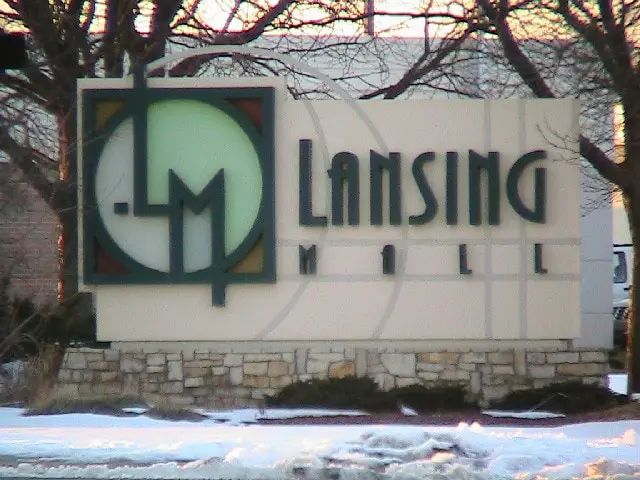
Decline and Anchor Store Closures
By the early 2000s, cracks in Lansing Mall's success began to show. The first major blow came in 1999, when Montgomery Ward closed its doors nationwide, including its Lansing location.
The space was later filled by Younkers in 2002, but this replacement would only last until the next decade. Despite this setback, Lansing Mall added Old Navy and Barnes & Noble around the same time, helping to balance the loss.
The mid-2000s brought more changes to Lansing Mall's anchor lineup. Mervyn's, which had been an important part of the mall since its expansion in the 1980s, closed in 2006.
The space was quickly taken over by Steve & Barry's, a discount clothing retailer known for affordable sports apparel.
However, Steve & Barry's would close just a few years later in 2009, leaving another large vacancy. Old Navy followed suit, shutting down its Lansing Mall location in the same year.
As the decade wore on, Macy's - formerly Hudson's, then Marshall Field's - became the next major anchor to leave. In 2017, Macy's announced the closure of its Lansing Mall location, marking the end of an era for the mall.
Shortly after, in 2018, Younkers also closed due to the bankruptcy of its parent company, The Bon-Ton Stores, Inc. This double loss left JCPenney as the only remaining traditional anchor store at Lansing Mall, a stark contrast to the mall's earlier years.
The closure of these major retailers triggered a domino effect, with smaller stores following suit. The mall's occupancy rate dropped, and by 2018, more than 15 storefronts stood empty, with some being repurposed as displays rather than functional stores.
This decline became part of a larger pattern seen in malls across America, as changing shopping habits and the rise of e-commerce affected brick-and-mortar locations.
The Recent Struggles and Current Ownership
By 2019, two major food retailers, Panera Bread and Chipotle, announced plans to leave their locations inside the mall.
Panera eventually relocated to a freestanding building in the parking lot, while Chipotle moved across the street to a nearby shopping plaza.
Adding to these challenges, Tequila Cowboy, a live music bar that opened in 2015, closed its doors in 2019. This closure left a vacancy in the entertainment sector, further weakening the mall's ability to draw foot traffic.
The space was briefly taken over by a venue called Overdrive, but this, too, was short-lived. Due to the COVID-19 pandemic, it closed in 2020. The health crisis hit retail spaces hard across the country, and Lansing Mall was no exception.
In October 2020, Brookfield Properties, the company that had acquired Lansing Mall from its previous owners, put it up for sale.
The following year, in March 2021, Kohan Retail Investment Group purchased the mall. Known for acquiring distressed malls across the U.S., Kohan Retail stepped in to try and breathe new life into the space.
At the time of the sale, approximately 56% of the mall's spaces were leased, leaving a large portion of the property empty and in need of new tenants.
Future Prospects and Challenges
As of 2024, Lansing Mall continues to face an uphill battle in reviving its commercial appeal. While Kohan Retail Investment Group has made efforts to fill some of the vacant spaces, including the addition of local businesses and unique offerings, the mall remains far from its former bustling state.
The closure of national chains and big-box retailers has left a void that smaller companies have struggled to fill.
One of the key additions since the change in ownership is the opening of Zap Zone XL, an entertainment venue that took over the space previously occupied by Younkers.
With arcade games, laser tag, and other family-friendly activities, Zap Zone has become one of the mall's primary draws, particularly on weekends.
However, despite this boost in entertainment options, Lansing Mall still lacks major anchor stores that could attract consistent, long-term foot traffic.
Community support has played a role in keeping the mall alive, with small businesses like Socialight Society, a Black-owned bookstore, drawing in visitors interested in supporting local entrepreneurs.
Additionally, craft fairs and other weekend events have been hosted in the mall's common areas, providing some temporary bursts of activity. Yet, despite these efforts, the future remains uncertain.
Lansing Mall, while not dead, is struggling with empty storefronts, but it retains some charm and interesting stores. It's a decent place to kill time, especially if you like Barnes & Noble, Zap Zone, or exploring small businesses.
With some community support and new investments, there's potential for a comeback, but right now, it's more of a nostalgic walk down memory lane than a bustling shopping hub.

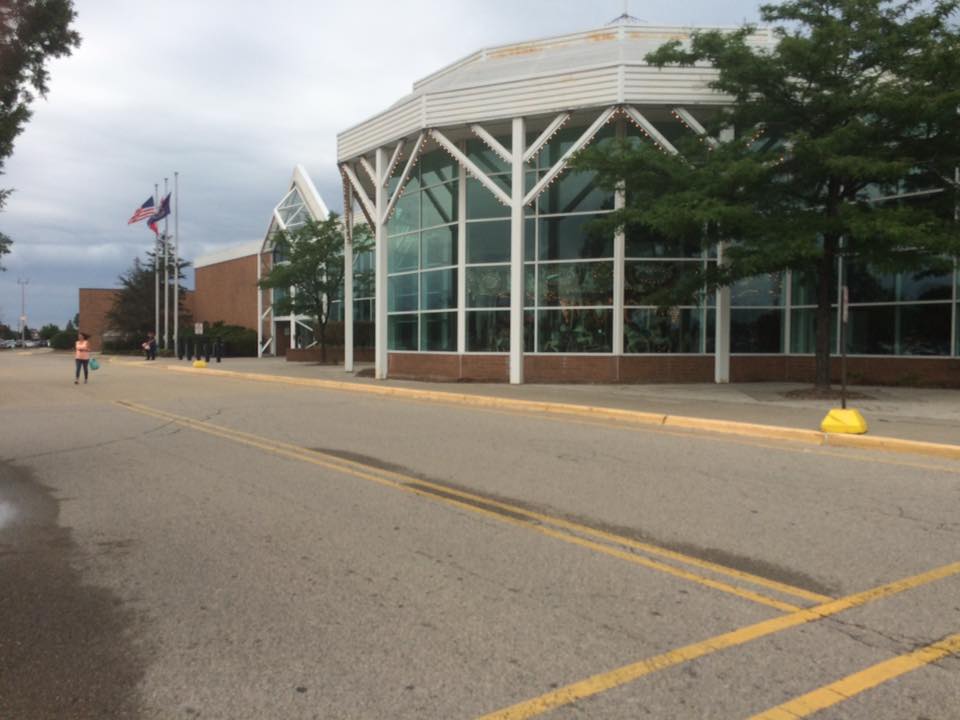
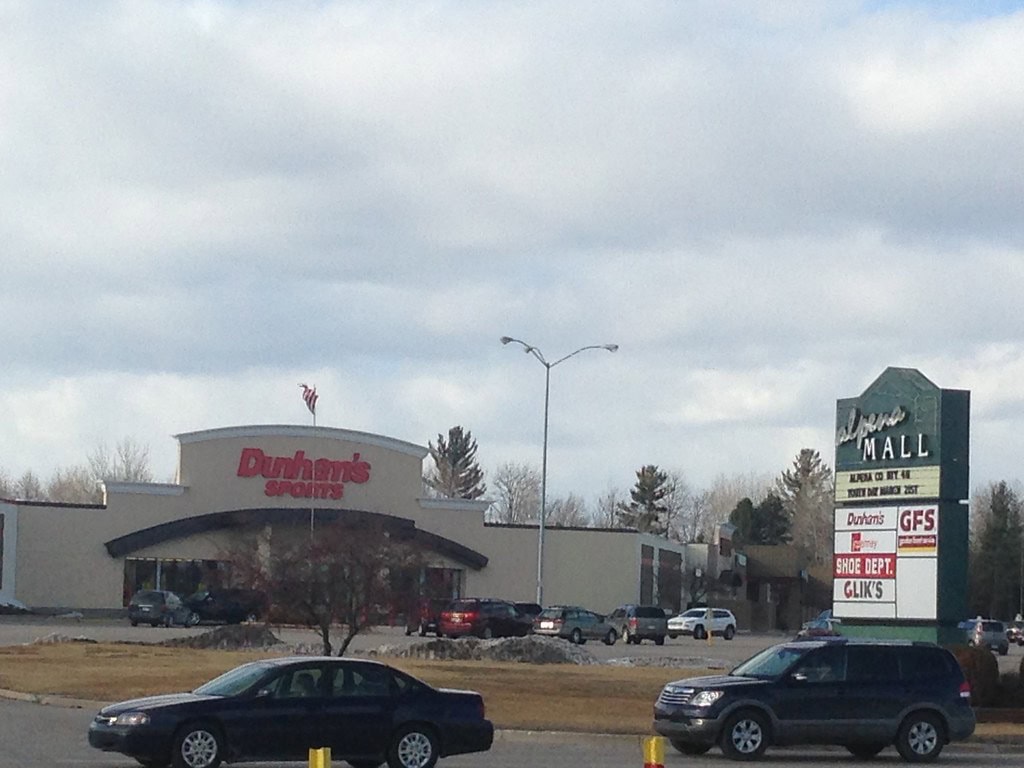
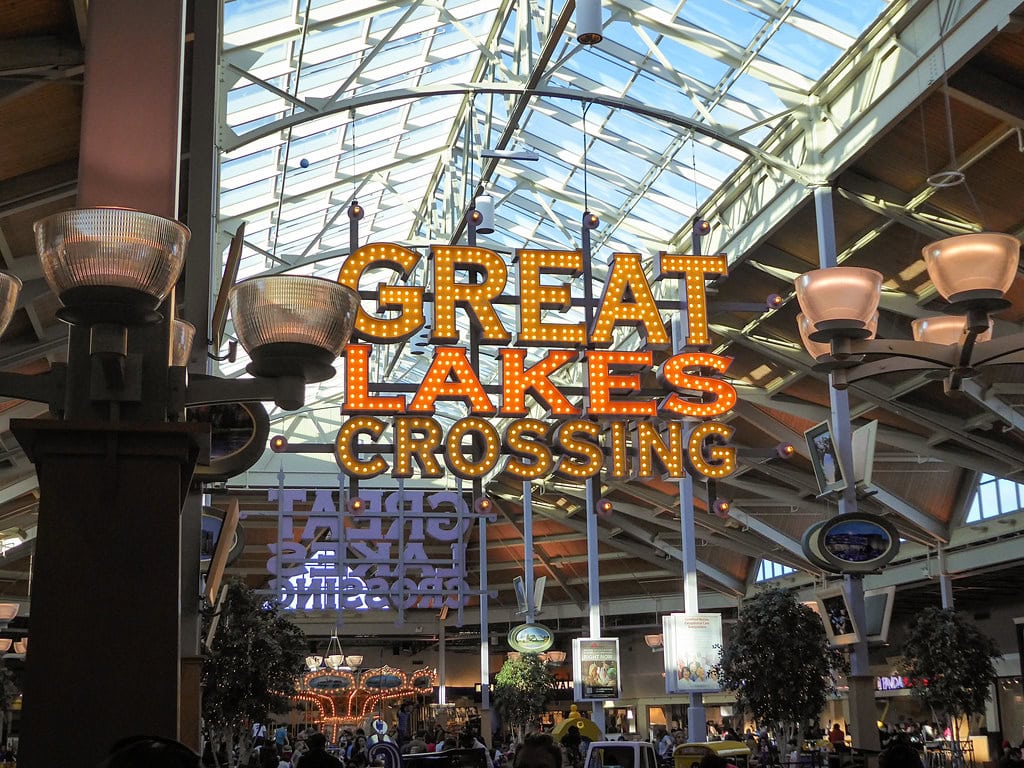

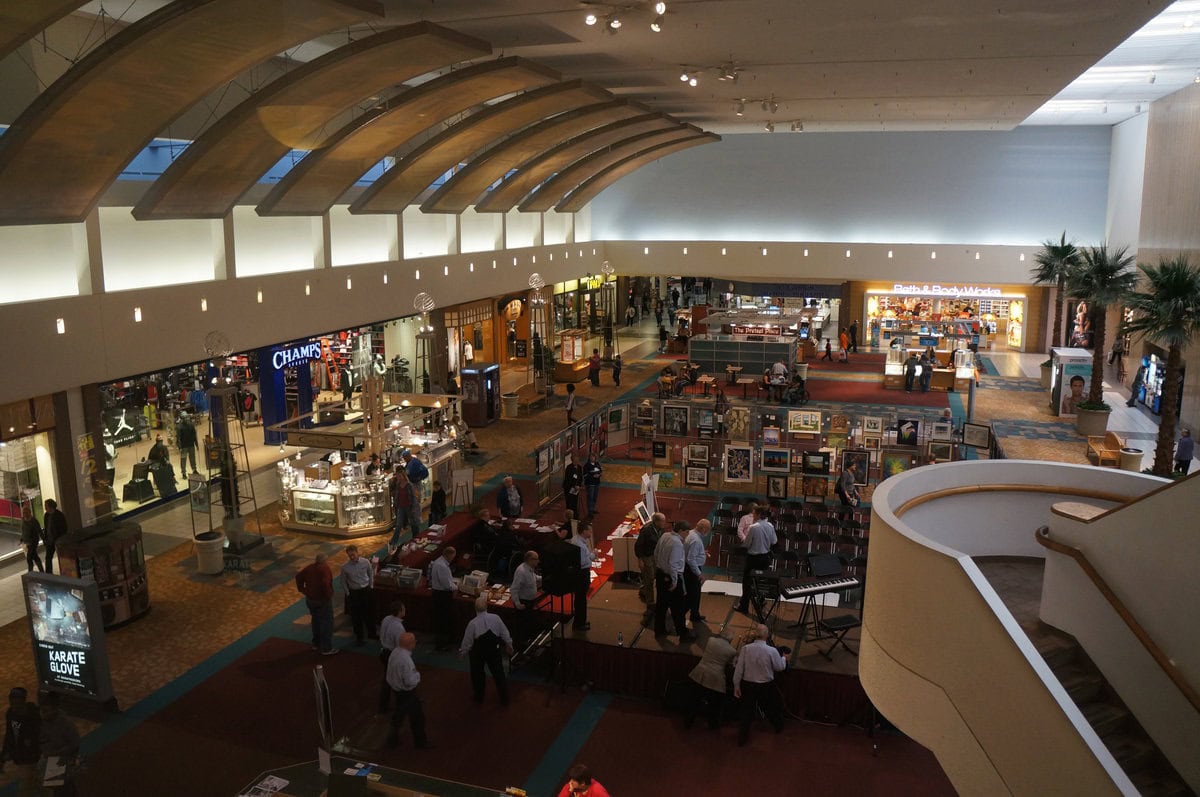
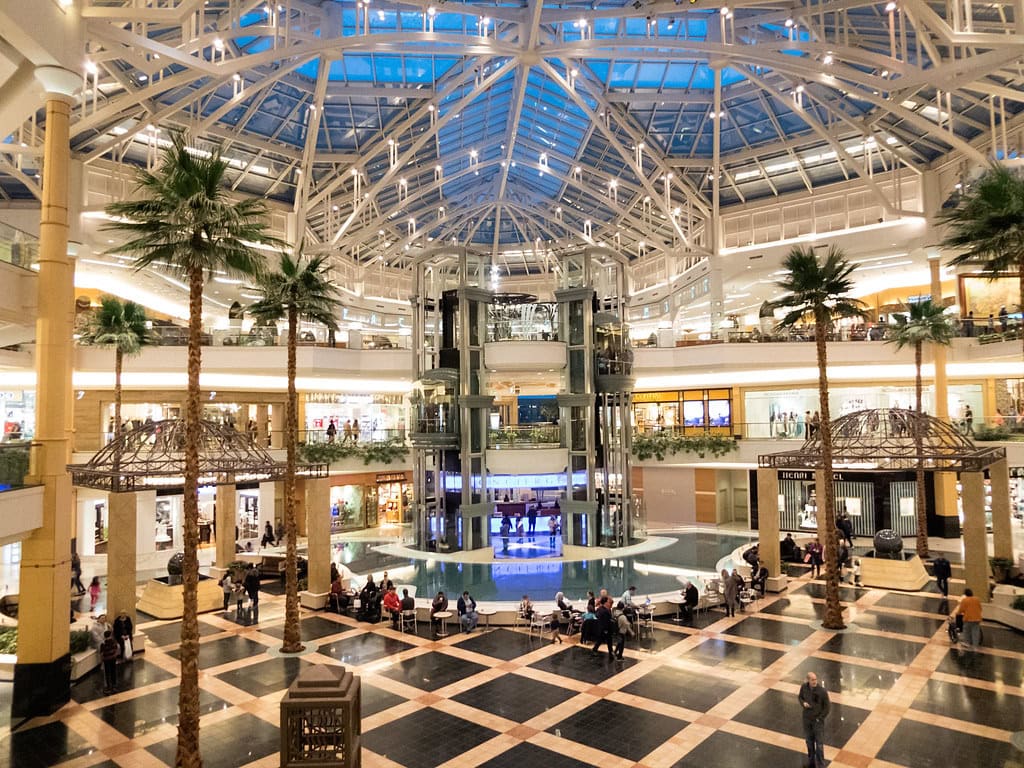
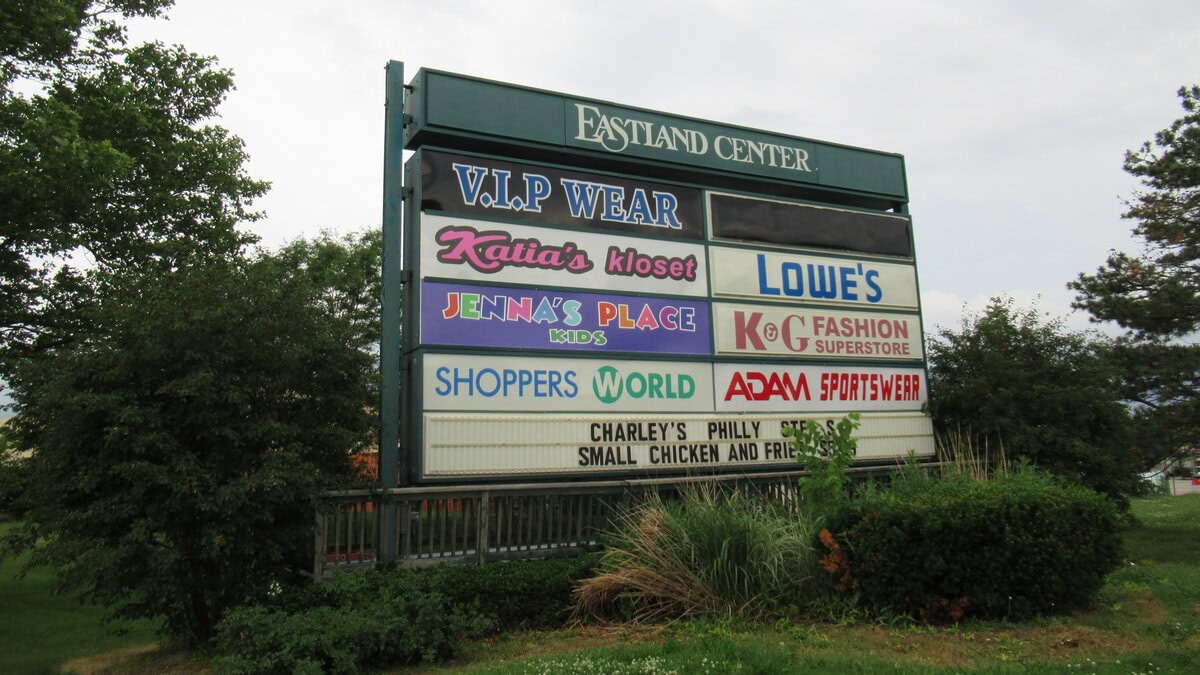
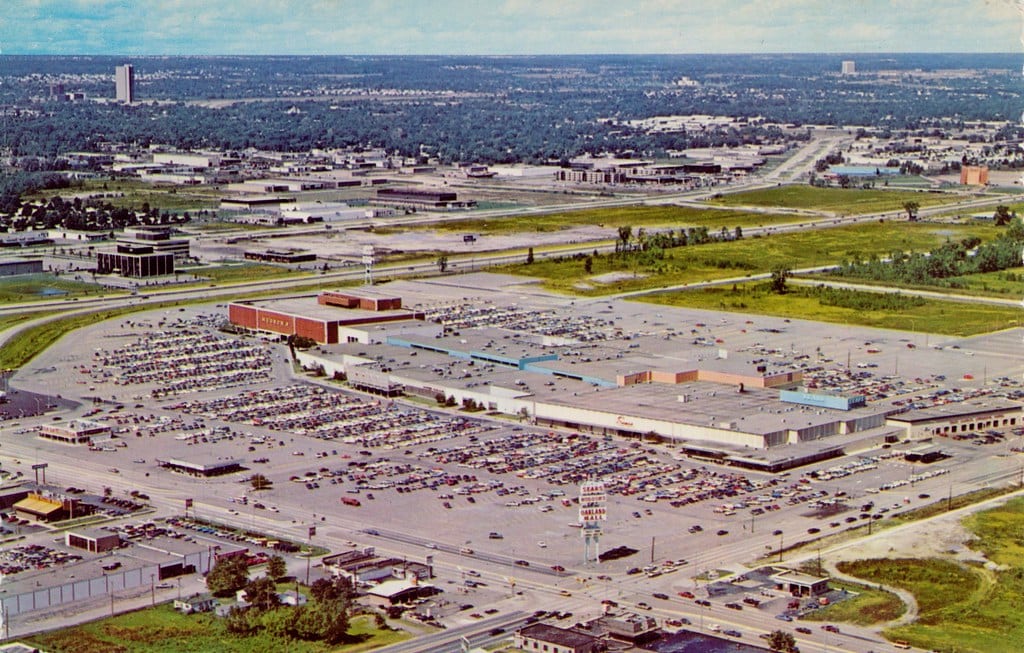
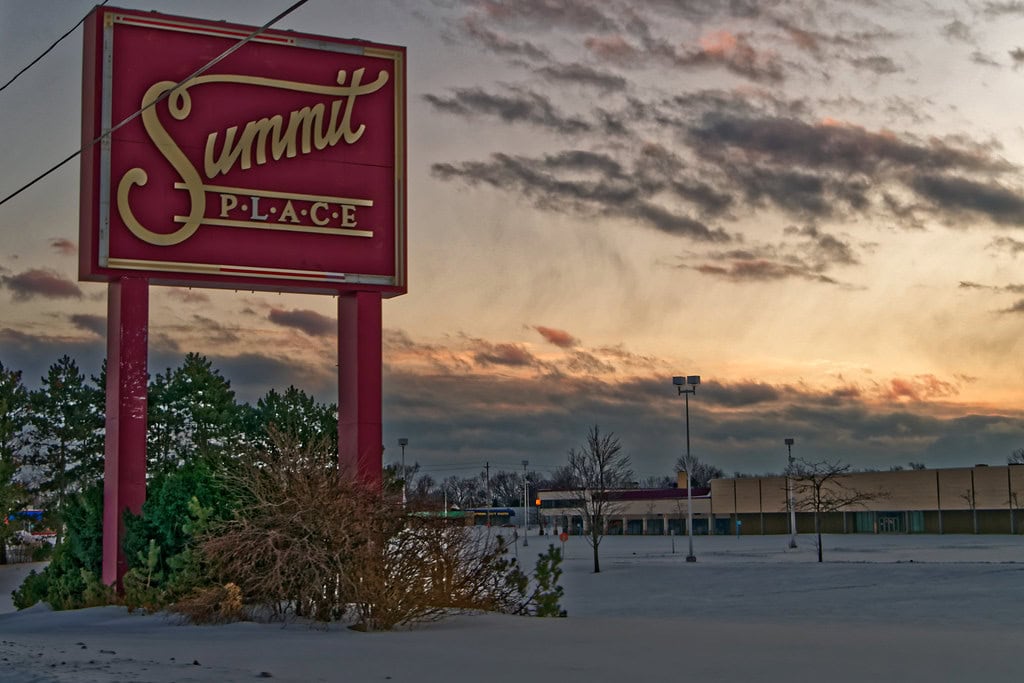
I miss the Lansing Mall terribly I don't have small children so there's no need to go there anymore if somebody could bring it back it would give people a place to shop at Christmas time and through the winter and the summer it's always nice to be there. wish it could come back
I completely agree with you. The mall used to be such a great spot, and it’s sad that it’s changed. I also hope it can be brought back to its former glory. Thanks for sharing!
I am extremely disappointed in your article about the Lansing Mall. Hudson's isn't mentioned until 2017; and then only in passing when you note the closing of Macy's. Shame on you.
I can see why you’d feel that way—Hudson’s was such a big part of the Lansing Mall’s history. It definitely deserved more attention. Thank you for pointing that out.
let's not forget that many mall stores went to outside shopping centers down the road saying it wasn't just e-commerce it was high rent and mandatory long hours that made them move. The mall can't even attract a decent restaurant why? plenty of parking and a much traffic on Saginsw street? I d think some of it is mgt decisions...
The location still has so much going for it, and it feels like a missed opportunity. Let’s hope there are better decisions ahead to bring more variety to the mall. Thanks for sharing!
I have shopped at the mall in Lansing since it had opened. Best place ever. So sad of all the changes. please bring back......
I totally agree, the mall used to be a hub for everything. It’s tough to see it change, but maybe with some new ideas and support from the community, it can bounce back. Thanks for your comment.
The Lansing Mall was doomed when GM's factories Oldsmobile and Fischer Body left. They were the main ones keeping that Mall open because people had jobs that paid better wages and the Mall had better stores.I doubt if the Lansing Mall will ever regain the glory it once had. Most people get what they want online. Sad!
You make an excellent point about how economic changes affected the mall. It’s tough to see such a significant part of the community struggle. Thanks for sharing your perspective!